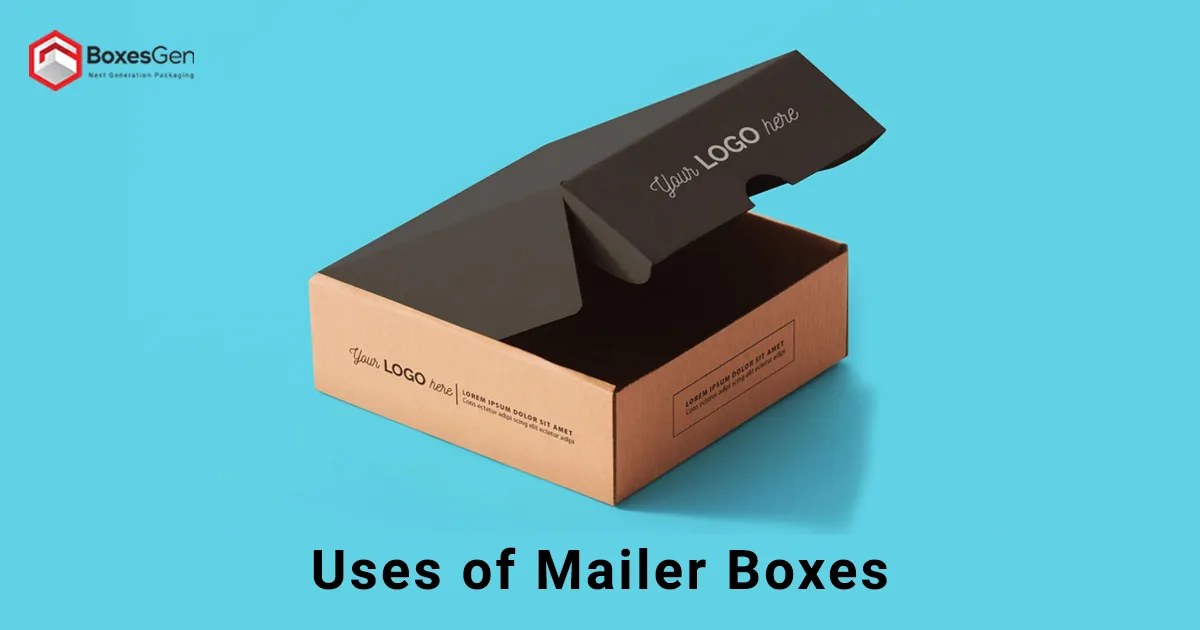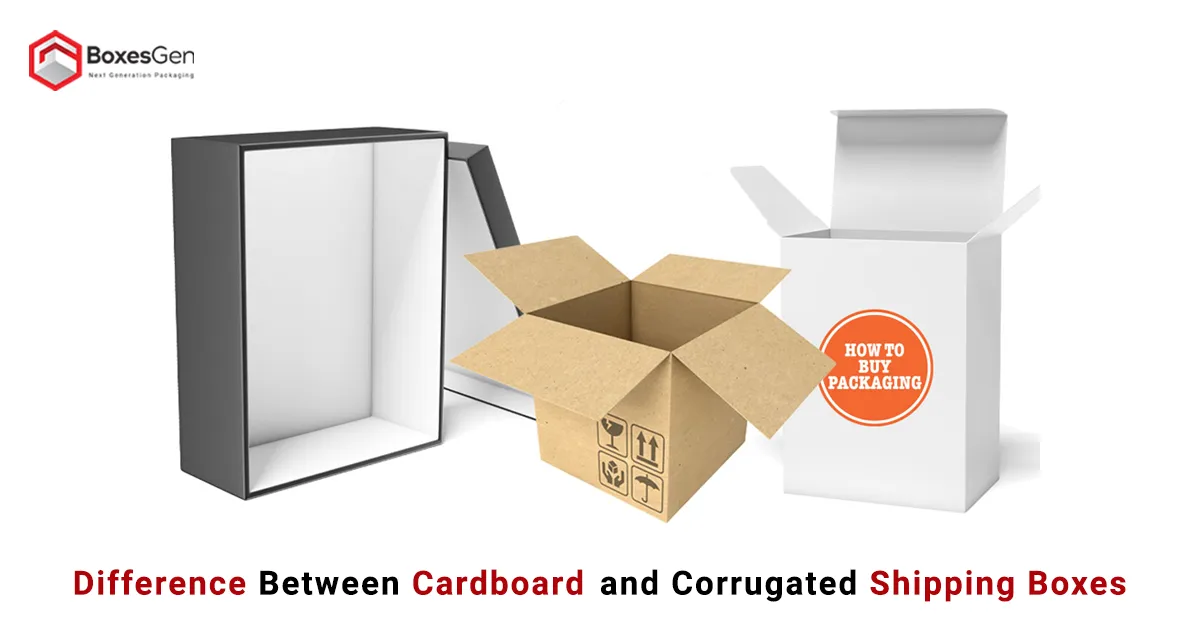Types of Paper Packaging
Paper packaging is a cornerstone of modern commerce, offering versatility, sustainability, and affordability. From protecting goods during transit to increasing product presentation on shelves, various types of paper cater to diverse packaging needs. Let’s dig into the array of paper options available for packaging purposes.
Natural Kraft or Coated Unbleached Kraft Paper
Kraft paper stands out for its robustness and durability, making it ideal for heavy-duty packaging. It is available in natural or coated forms, with natural Kraft boasting a rustic aesthetic while coated unbleached Kraft offers greater printability and moisture resistance.
Standard Natural Kraft or Coated Unbleached Kraft Paper Thickness
GSM: 40-200
PT: 16-78
Millimeters: 0.04-0.2
Folding Boxboard
Folding boxboard, often referred to as paperboard, is a popular choice for packaging due to its rigidity and printability. It finds extensive use in the production of cartons, boxes, and other folded structures, providing a sturdy yet lightweight solution.
Standard Folding Boxboard Thickness
GSM: 200-400
PT: 78-157
Millimeters: 0.2-0.4
Cardboard
Cardboard, a heavyweight paper variant, is renowned for its strength and versatility. It comes in various grades and thicknesses, catering to a wide range of packaging requirements, from shipping boxes to display stands, Cardboard Boxes are excellent choice.
Standard Cardboard Thickness
GSM: 200-800
PT: 78-314
Millimeters: 0.2-0.8
Greaseproof Paper
Greaseproof paper, treated to resist grease and moisture, is indispensable in the food industry for Food Packaging oily or moist products. Its non-stick properties make it suitable for wrapping snacks, baked goods, and fast-food items.
Standard Greaseproof Paper Thickness
GSM: 30-60
PT: 12-24
Millimeters: 0.03-0.06
Carton Board
Carton board, characterized by its superior stiffness and folding endurance, is a preferred choice for premium packaging applications. It offers excellent printability and structural integrity, ensuring product safety and aesthetic appeal.
Standard Carton Board Thickness
GSM: 200-500
PT: 78-196
Millimeters: 0.2-0.5
Clay Coated News Backboard
Clay coated news backboard, made from recycled paperboard, strikes a balance between eco-friendliness and functionality. Its smooth surface provides an excellent base for high-quality printing, making it suitable for various packaging designs.
Standard Clay Coated News Backboard Thickness
GSM: 180-400
PT: 70-157
Millimeters: 0.18-0.4
Duplex
Duplex paper, composed of two layers of paperboard laminated together, offers greater strength and rigidity. It is commonly used in the production of folding cartons, displays, and Retail Packaging due to its structural integrity.
Standard Duplex Thickness
GSM: 180-450
PT: 70-176
Millimeters: 0.18-0.45
Glassine
Glassine paper, notable for its translucent appearance, is prized for its moisture resistance and smooth texture. It is often utilized for packaging delicate items such as stamps, seeds, and confectionery, providing protection without compromising visibility.
Standard Glassine Thickness
GSM: 17-50
PT: 7-20
Millimeters: 0.017-0.05
Kraft Liners
Kraft liners, featuring a Kraft paper base reinforced with pulp fibers, add strength and durability to packaging solutions. They are frequently employed as inner layers in corrugated cardboard boxes to provide cushioning and protection during transit.
Standard Kraft Liner Thickness
GSM: 125-250
PT: 49-98
Millimeters: 0.125-0.25
Paperboard
Paperboard, encompassing a broad category of thick paper-based materials, is indispensable across various packaging applications. Its versatility, combined with customizable properties, makes it suitable for everything from Cereal Boxes to Cosmetic Packaging.
Standard Paperboard Thickness
GSM: 200-600
PT: 78-235
Millimeters: 0.2-0.6
Adhesive Paper
Adhesive paper, equipped with an adhesive backing, simplifies packaging processes by eliminating the need for additional sealing materials. It finds utility in labeling, sealing, and securing packages with ease and efficiency.
Standard Adhesive Paper Thickness
GSM: 50-200
PT: 20-78
Millimeters: 0.05-0.2
Artificial Parchment
Artificial parchment, designed to mimic the appearance and texture of traditional parchment, adds a touch of elegance to packaging designs. Its smooth surface and parchment-like finish make it a popular choice for Luxury Packaging and specialty items.
Standard Artificial Parchment Thickness
GSM: 30-90
PT: 12-35
Millimeters: 0.03-0.09
Bleached Paper
Bleached paper, treated to achieve an original white appearance, offers better brightness and printability. It is favored for packaging applications where visual appeal plays a crucial role, such as product branding and marketing materials.
Standard Bleached Paper Thickness
GSM: 40-200
PT: 16-78
Millimeters: 0.04-0.2
Boxboard
Boxboard, renowned for its strength and stiffness, serves as the backbone of many Packaging Solutions. Whether used for shipping boxes or Retail Display Boxes, its structural integrity ensures product protection and presentation.
Standard Boxboard Thickness
GSM: 200-600
PT: 78-235
Millimeters: 0.2-0.6
Tissues
Tissues, characterized by their lightweight and soft texture, provide delicate protection for fragile items. They are commonly used as interleaving sheets or wrapping materials to prevent scratching or damage during handling and transit.
Standard Tissue Thickness
GSM: 12-35
PT: 5-14
Millimeters: 0.012-0.035
Coated Paper
Coated paper, treated with a layer of coating material for greater smoothness and gloss, lends a luxurious finish to packaging designs. Its improved printability and moisture resistance make it a preferred choice for high-quality packaging applications.
Standard Coated Paper Thickness
GSM: 50-400
PT: 20-157
Millimeters: 0.05-0.4
Antique Paper
Antique paper, infused with a vintage aesthetic indicative of bygone eras, evokes nostalgia and charm in packaging designs. Its weathered appearance and textured surface add character and depth to product presentation.
Standard Antique Paper Thickness
GSM: 80-200
PT: 31-78
Millimeters: 0.08-0.2
Butcher Paper
Butcher paper, also known as Kraft paper, is a straightforward yet versatile packaging solution. Its sturdy construction and moisture resistance make it suitable for wrapping meats, cheeses, and other perishable items.
Standard Butcher Paper Thickness
GSM: 40-70
PT: 16-28
Millimeters: 0.04-0.07
Aligning Paper
Aligning paper, engineered for precise alignment and registration during packaging assembly, ensures consistency and accuracy in production processes. Its smooth surface and uniform thickness facilitate seamless folding and sealing operations.
Standard Aligning Paper Thickness
GSM: 40-80
PT: 16-31
Millimeters: 0.04-0.08
Bag Papers
Bag papers, designed for the production of Paper Bags and pouches, offer durability and printability. They come in various grades and Premium Finishes, catering to diverse packaging needs across industries such as retail, food service, and hospitality.
Standard Bag Paper Thickness
GSM: 50-150
PT: 20-59
Millimeters: 0.05-0.15
Chipboard Packaging
Chipboard packaging, crafted from recycled paper fibers, embodies sustainability without compromising strength and reliability. Its versatility makes it suitable for a wide range of packaging applications, from Shipping Boxes to product displays.
Standard Chipboard Packaging Thickness
GSM: 250-750
PT: 98-314
Millimeters: 0.25-0.75
Conclusion
The diverse array of paper packaging options available underscores the adaptability and versatility of this universal material. Whether it is ensuring product safety during transit, improving brand visibility on shelves, or conveying a sense of luxury and elegance, paper packaging continues to play a vital role in modern commerce. With ongoing innovations and sustainability efforts, the future of paper packaging remains bright, offering sustainable solutions to evolving packaging needs.
Frequently Asked Questions
What are the advantages of using Kraft paper?
Kraft paper offers excellent strength, durability, and versatility, making it suitable for various packaging applications. It provides reliable protection for goods while being eco-friendly and easily customizable to meet specific packaging needs.
How is folding boxboard commonly utilized?
Folding boxboard is often used in the production of folding cartons for consumer goods packaging. Its smooth surface and stiffness allow for vibrant printing and branding, enhancing product visibility and appeal on store shelves.
What makes cardboard a preferred packaging material?
Cardboard’s rigidity, versatility, and customizability make it a preferred choice for packaging across industries. It offers reliable protection for products during transit and storage, while also accommodating various printing and design options to showcase branding effectively.
What are the benefits of using greaseproof paper?
Greaseproof paper prevents grease and moisture from seeping through, maintaining the freshness and integrity of food products. Its non-stick properties make it ideal for wrapping oily or greasy food items, ensuring clean and hygienic packaging solutions.
How is carton board distinguished from other materials?
Carton board stands out for its multiple layers and high stiffness, providing robustness and structural integrity to packaging solutions. It offers improved protection for products during handling and transportation, making it suitable for a wide range of applications.
What are the unique properties of glassine paper?
Glassine paper is characterized by its translucent and smooth surface, making it ideal for specialty packaging applications. It offers grease-resistant properties and an elegant presentation, commonly used in confectionery, pharmaceuticals, and high-end envelopes.
How do Kraft liners improve corrugated packaging?
Kraft liners, with their Kraft paper surface and linerboard backing, provide additional strength and durability to corrugated packaging. They act as protective layers, safeguarding contents during shipping and handling, ensuring the integrity of packaged goods.
What are the primary uses of adhesive paper?
Adhesive paper with its backing of adhesive is used for secure sealing and closure in various packaging applications. It’s commonly employed in labeling, tape, and sticker applications across different industries, ensuring convenient and reliable packaging solutions.
How does artificial parchment improve packaging aesthetics?
Artificial parchment paper mimics the appearance and texture of traditional parchment, adding elegance to packaging solutions. It’s often used in gourmet food packaging, invitations, and luxury product packaging, offering a sophisticated and timeless aesthetic appeal.
What role does coated paper play in packaging?
Coated paper, treated with a layer of coating material, offers improved print quality and surface finish for packaging designs. It provides improved durability and resistance to moisture, making it suitable for high-end packaging applications that require premium aesthetics.
How does tissue paper contribute to packaging solutions?
Tissue paper, with its delicate texture and lightweight properties, improves product presentation and protection in packaging. It’s commonly used in gift wrapping, product padding, and protective packaging, offering versatility and aesthetic appeal to packaged goods.
What distinguishes antique paper in packaging applications?
Antique paper’s aged appearance and textured surface add nostalgia and sophistication to packaging designs. It’s favored in specialty packaging for vintage-inspired products and collectibles, contributing to unique and memorable packaging experiences for consumers.
What makes butcher paper suitable for food packaging?
Butcher paper is designed to withstand moisture and resist tearing, making it ideal for wrapping meats and deli products. Its versatile nature extends to crafting and art projects as well, providing a reliable and hygienic packaging solution for food items.
How does aligning paper contribute to packaging efficiency?
Aligning paper, with its precision-cut edges and smooth surfaces, ensures accurate alignment and sealing in packaging machinery. It plays a crucial role in automation, contributing to efficient and consistent packaging processes, reducing errors and downtime in manufacturing operations.
What are the environmental benefits of chipboard packaging?
Chipboard, composed of recycled paper fibers, offers an eco-friendly packaging solution with minimal environmental impact. It’s used in various applications, including partitions, inserts, and backing boards, supporting sustainability efforts and reducing reliance on virgin materials in packaging production.








